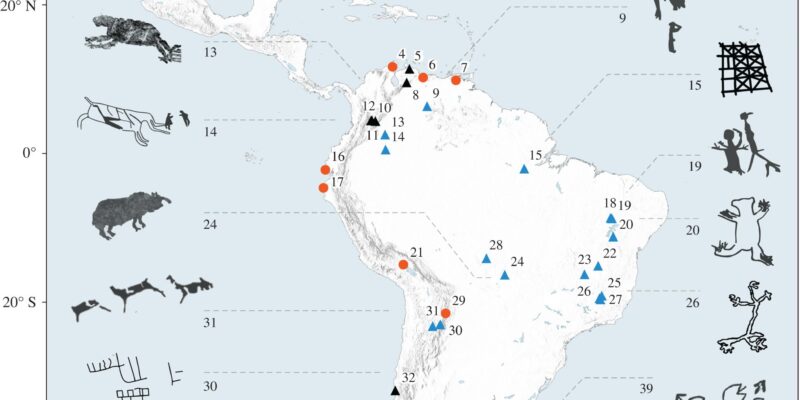
A new study may change everything we know about “the peopling” of the Americas. The research article published in Quaternary Science Reviews claims to have found incredible new evidence showing that the first humans in The New World settled in a part of the Amazon lowlands.
Rock art from Serranía de la Lindosa in the Colombian Amazon shows numerous extinct megafauna, adding to the evidence that the art is around 13kyo. pic.twitter.com/uPKUZv3Hez
— Stone Age Herbalist (@Paracelsus1092) March 11, 2022
The paper detailed findings at two rock shelters in Amazonia, particularly in the Serranía de la Lindosa caves of Colombia, which seems to imply the first known human habitation of the region began around 13,000 years ago. Researchers knew the region and shelters were inhabited at least 12,600 years ago, but new evidence in rock art suggests the arrival of these settlers was far, far earlier, writes The Daily Caller.
Analysis of rock shelters surrounding the ancient artwork suggests the first humans were inhabiting the area at least 13,000 years ago, and is believed to be part of a mass migration throughout the Americas. Could it be that the first American settlers were not those who came across the alleged land bridge between Russia and Alaska, and we’re just the refugees of a long-lost civilization that spanned the American continent?
The answer to this question is still unknown, but the more we dig into the history of our people, the more gaps in our understanding seem to emerge.
“The ‘peopling’ of South America represents one of the great migrations of human history — but their arrival into the Amazon biome has been little understood,” University of Exeter archaeology professor Mark Robinson said in a statement regarding the find. “For researchers working in the field, dense rainforest makes it challenging to identify potential fieldwork sites, and acidic, clay-based soils impair the preservation of organic remains. Our recent excavations, however, help to fill this gap, not only dating their arrival to much earlier than previously understood, but also providing novel insights into their lives and historical trajectories during the Holocene,” (the epoch following the last glacial maximum).
The traditional theory regarding the peopling of the Americas is commonly known as the Bering Land Bridge or Beringia theory. According to this hypothesis, during the last Ice Age, approximately 15,000 to 20,000 years ago, sea levels were significantly lower, exposing a land bridge connecting Asia and North America across the Bering Strait. This land bridge, referred to as Beringia, provided a migratory route for early human populations.
As the climate fluctuated, glaciers expanded and contracted, creating a corridor for nomadic groups to traverse and settle in the Americas. These early migrants, believed to be descended from Asian populations, gradually dispersed across the continent, adapting to diverse environments and developing distinct cultures over time.
Archaeological evidence, such as Clovis points – distinctive stone tools found across North America – and genetic studies supporting an Asian ancestry for Native American populations, has reinforced aspects of the Bering Land Bridge theory.
However, if this new study is correct, that may change.



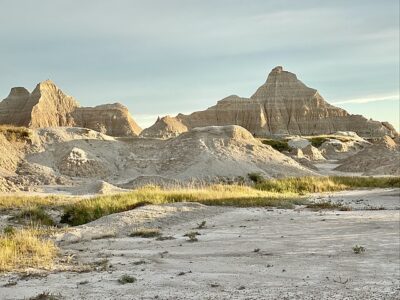
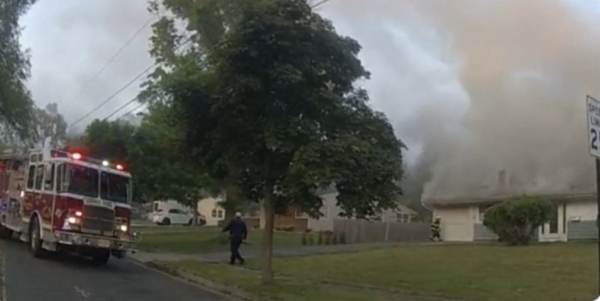


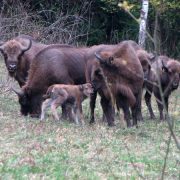

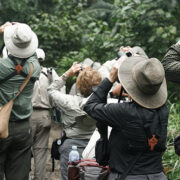
Time to rewrite textbooks then